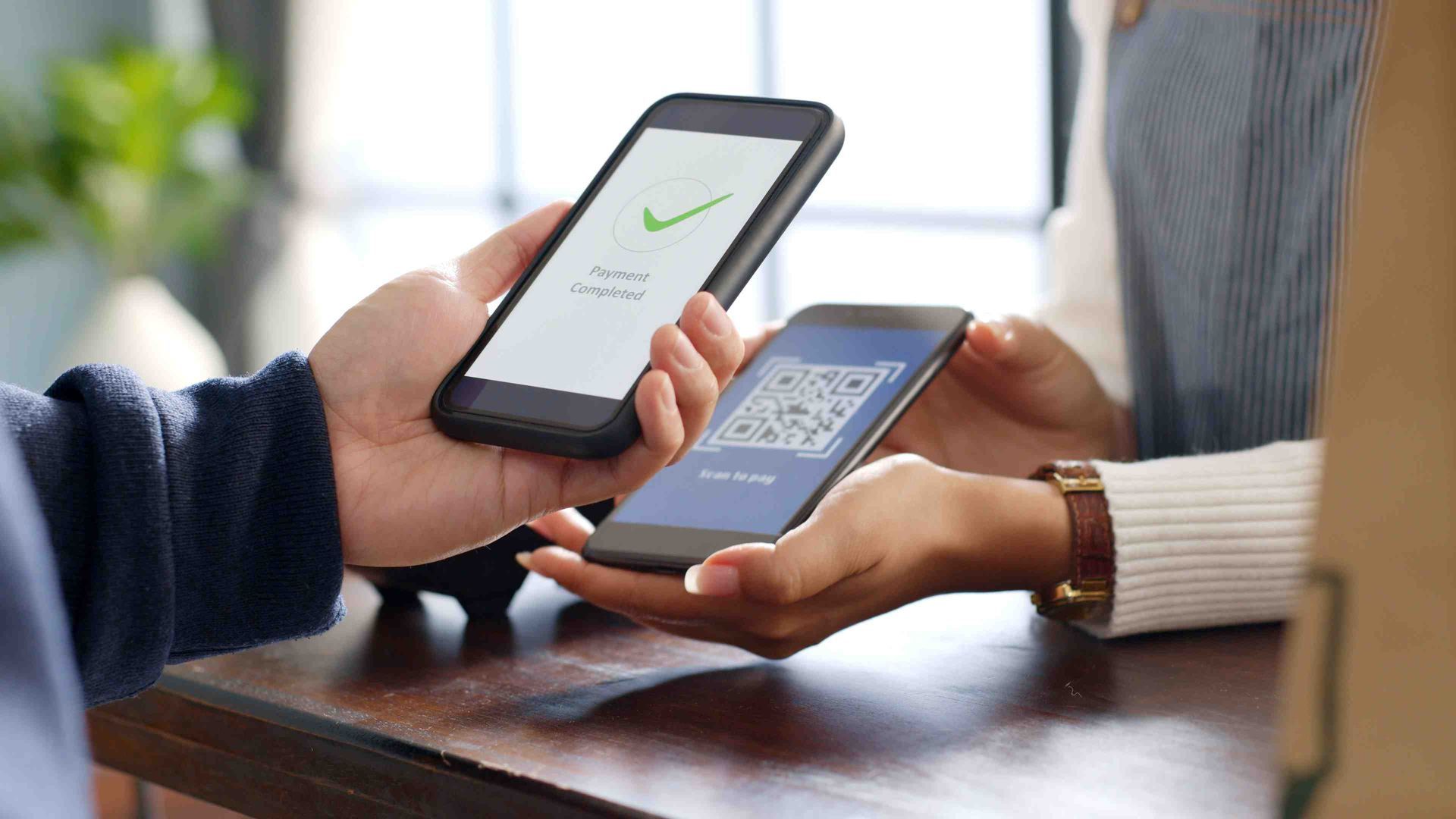B2B Email Marketing Tricks You Have To Try
For young email marketers, B2B usually seems like one of the lowest circles of hell. While it’s not as fun and straightforward as B2C, you can still achieve success and be creative if you manage to sort through the basics first.
Since B2B and B2C are quite different, you may have to relearn what makes an email
marketing strategy successful.
We’ll help you with some of the tricks you can use from the onset of your B2B email marketing campaigns to increase your chances of hitting the mark.
B2C Vs B2B Email Marketing
All the ‘’make it engaging’’ boilerplate plate advice about email marketing you find online doesn’t quite apply to B2B marketing.
Here are the key differences:
1. Different Targets
When compared to the traditional B2C approach, B2B email marketing is different as you’re not targeting individuals, you’re targeting companies. If that wasn’t challenging enough, you’re trying to engage multiple people who work in the same company.
This means you have to adjust your strategy. In other words, to see success from your B2B email marketing campaigns, you want to send personalized emails to different personas within the same target audience.
2. The Sales Cycle
When you want to buy something, you don’t wait too long, you simply buy it. But when a company wants to make a purchase, let’s just say it takes a long time for multiple departments to coordinate on this decision.
In other words, B2C is like
Call of Duty, whereas B2B email marketing is a niche stealth game that few want to play.
Typically, an email marketing campaign matches the length of the customer journey. This means you should expect the marketing cycle to take a lot longer than it does for a B2C campaign.
3. Tone And Content
When marketing to consumers, you can rely on content such as promotions, sales announcements, etc. With B2B email marketing, the same would feel jarring.
B2B customers respond better to information and resources like trend reports, how-to guides, and such. It’s all about providing value, instead of making it obvious that you’re advertising.
Your best bet is creating new content types and coming up with different formats for your B2B campaigns. So, unfortunately, that old bookmark for ‘’10 engaging email templates to drive sales’’ won’t apply here.
B2B Email Marketing Strategies That Do Work
Now that we suggested that you get rid of that bookmarked page, we have to give you something else, right?
Here are some tricks that you can apply in your next B2B email marketing campaign:
1. Customize your buyer personas
While this applies to B2C email marketing campaigns too, there is a key difference.
With B2B email marketing personas, you need to customize your buyer personas to reflect the business types you want to target. For instance, industry location, size of the business, job roles, pain points you can solve, and, ultimately, the budget.
To do this properly, you’ll have to get your hands dirty, meaning you’ll actually have to talk to people (oh, the horror).
Find out as much as possible about the businesses you’re targeting. You may have to reach out to the people in your network and ask them which types of businesses may be interested in your offering. Who are the decision-makers? Are there any issues that are similar across the board?
Along with that, you can also survey your loyal customers to get information about their business, which you may use to come up with new target personas.
2. Improve your email design
B2B buyers are people too (they’re not robots disguised like humans as the rumors may suggest) so the visual plays a role in their choices too. Still, the visual language they expect to see is more on the professional side.
Also keep in mind that the design, as well as the copy you use, should be in line with the industry you’re targeting.
To knock this out of the ballpark, you can try a few things like subscribing to the email lists of your competitors to see what kind of emails they send. Pay attention to their design and their copies.
You could also try reading relevant industry magazines as this may help you figure out what your target audiences expect to see.
3. Leverage cold emails
We finally get to something that makes us happy we’re doing B2B and not B2C - cold emails.
While these won’t work for your regular consumer, they are effective for companies if done right.
That is to say, you never want to send spam emails with generic content. What you should aim for is to ensure that the people you email correspond with your buyer persona, including their role and the companies they work for.
Next, personalize the heck out of your emails and use the correct name of the recipient, at the very least.
To make cold emails a bit more simple, we developed an online tool just for that.
LeadArm helps you automatically send out cold emails. It makes the process a whole lot faster because you can choose your target location and industry, enter your message, and the tool will do everything for you.
The best thing is that you can leave a custom message for every business you contact in order to make your cold campaign more effective.
But if you don’t want to go into this blind, you can also import your own contact list. Plus, to ensure you’re not spamming, LeadArm lets you import exclusion lists to avoid contacting the same client twice.
If you like what you read, fill out
our contact form to request a demo!
4. Segment your customers
Both B2C and B2B email marketing rely on customer segmentation to create more targeted campaigns. Still, when doing B2B, you have to create different segments.
Refer back to your buyer personas and think of the attributes you used when crafting them. You may mix them together to create laser-focused segments. For example, you can mix a job title with the location.
You can also leverage the data you already have to create new segments. Maybe you’ll discover you have contacts of project managers who work in smaller companies, which gives you a new attribute to utilize.
5. Track the results
Naturally, your first campaigns may not be as successful as the ones later down the line. The only way to know how to improve and if you’ve even improved is to track the performance of each one.
By doing this, you’ll know exactly what failed and what succeeded. Ultimately, you’ll be able to optimize your campaigns in the future.
How to do it?
Easy - set measurable goals and start tracking relevant metrics.
While success is different for each company, without setting measurable goals, you won’t be able to measure performance. Set goals at the start so you’ll have a clearer picture of the objectives you achieved when you’re done.
Relevant metrics are what you’ll focus on. For instance, if the goal of your B2B email marketing campaign was to increase the number of sign-ups for your demo, you’ll need to track this metric.
Hitting The Mark
While B2B is relatively unexciting when compared to B2C campaigns in ‘’fun’’ industries, it’s only as boring and dry as you make it.
Yes, B2B is more complex but you're still targeting people, not robots and uptight executives. The only difference is a more focused effort and serious tone. Even though the decision process is more arduous, you’re trying to sell a product that will make their lives easier.
Use that to your advantage.
All of the tricks we showed you are good technical foundations for your B2B email marketing campaigns. They cover the basics that will provide you with a foundation for solid content that will help you accomplish what you set out for. After you’re absolutely confident you sorted out the technical stuff, you’ll have enough freedom to let your creativity shine.
Maybe, in the end, B2B won’t be so boring.
Disclaimer: The information on this website and blog is for general informational purposes only and is not professional advice. We make no guarantees of accuracy or completeness. We disclaim all liability for errors, omissions, or reliance on this content. Always consult a qualified professional for specific guidance.
Recent Posts
Quick Links
Get In Touch
Sales: sales@oamiicards.com
Support: support@oamiicards.com

All Rights Reserved.
Website Designed & Managed by Oamii.





